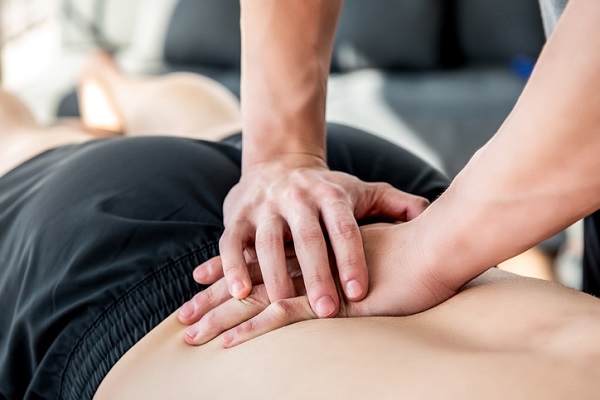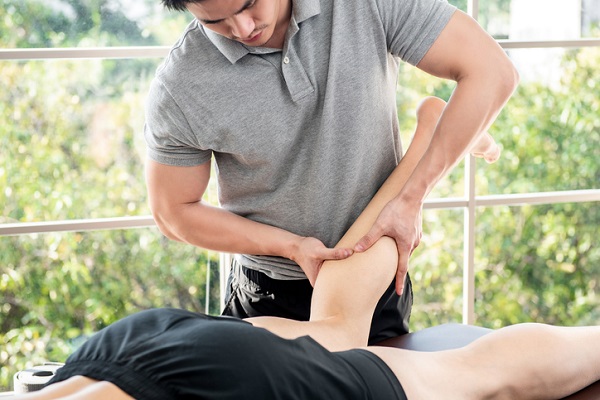Performing a palpation assessment is a major component to giving a massage. In fact, it’s arguably the most important assessment technique a massage therapist uses.
Before you can give the most effective and comfortable massage possible, you must first make an assessment of the health of the muscles and tissues that need treatment, and how to get them back in the best possible condition.Mastering palpation can go a long way in helping you better understand how to apply the right amount of pressure to the areas that need it most.
Not only is it an essentialcomponent of massage therapy, but there’s also an art to doing it right.Learning the best palpation techniques will serve you well as a massage therapist, both now and in the future. Here are some things massage therapy students should know.






